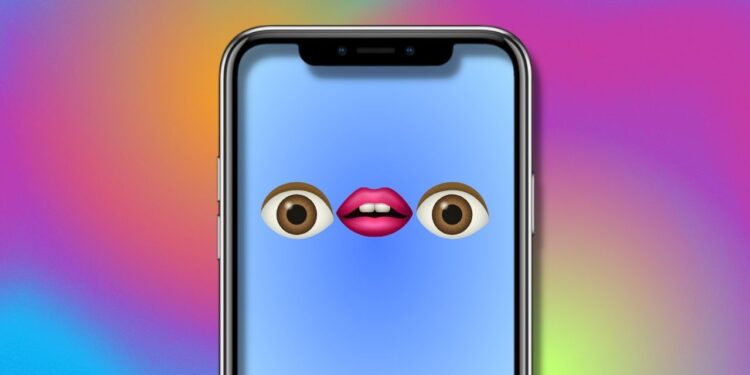- In the ever-evolving landscape of the modern workplace, there’s a new linguistic phenomenon that’s causing both delight and confusion in equal measure: Gen Z slang.
- The usage of Gen Z slang and emojis has left many older colleagues perplexed, leading to a 123% increase in Google searches for “Gen Z slang.”
- Here’s a comprehensive guide on Gen Z workplace lingo.
In the ever-evolving landscape of the modern workplace, there’s a new linguistic phenomenon that’s causing both delight and confusion in equal measure. It’s like a secret code, an underground language that’s slowly infiltrating boardrooms, zoom meetings, and water cooler conversations. This is the vibrant, dynamic, and sometimes downright bewildering world of Gen Z slang.
The usage of Gen Z slang and emojis has left many older colleagues perplexed, leading to a 123% increase in Google searches for “Gen Z slang” and an 86% rise for “Gen Z words” in the U.S.
The use of slang at work is nothing new, but the Gen Z version can seem extra pervasive.
“As a member of Gen Z, I’m fascinated by the way we communicate with each other,” says Emily Goldstein, PR manager at Movchan Agency and self-proclaimed Gen Z linguist. “It’s truly amazing how our generation has developed its unique vernacular, incorporating phrases and emojis that have become widely recognized slang around the globe. While slang isn’t a new phenomenon within subcultures, Gen Z’s slang stands out for its versatility and widespread usage worldwide.”
While many people are grasping for clarity on what’s happening in their Team’s chats, this new slang can have its benefits for team members.
“This slang is so authentic at its core that whenever I use it, other non-gen-z people become more relaxed,” Goldstein says. “It puts them off guard. Even in a professional setting, I find using this slang more convenient than resorting to the often insincere and overly formal corporate jargon, which tends to foster unnecessary subordination and passive aggression between coworkers.”
Here’s a comprehensive guide for Gen-Z slang and emojis in the workplace:
- Delulu — refers to being delusional.
Example: “If you believe the company will raise your salary after just three months here, you’re being delulu.”
- Slay — denotes being exceptionally impressive.
Example: “You absolutely slayed that report.”
- Common W or L — signifies common win/loss (used to agree or disagree with someone’s point or action).
Example: “She always knows how to settle a disagreement. That’s a common W for her.”
- No cap — implies being honest and genuine.
Example: “Feel free to reach out if you need help. I genuinely care about both your performance and your well-being, no cap.”
- Rizz — abbreviation for charisma (used in a flirty context).
Example: “Did you notice how Jim behaves around Pam? His natural rizz really comes out when he leans towards her desk and smiles.”
- To serve — means to look attractive (like you’re “serving” looks).
Example: “Her new outfit is so slay. She’s literally serving.”
- It’s sending me — it’s hilarious.
Example: “The meme you shared in our group chat had me in stitches, it sent me.”
- Sus — denotes something suspicious.
Example: “John called in sick but his Instagram stories show him at a resort in Greece. This is sus.”
- Slap (adj) — indicates something is exceptionally cool.
Example: “Your performance this year slaps, so I’ve decided to give you a substantial bonus.”
- It’s giving — likening to something.
Example: “Your report was amazing. It’s giving ‘extremely researched and planned out.’”
- Menty b — signifies a mental breakdown
Example: “Overworking can lead to burnout. We certainly don’t want any menty b’s, do we?”
- Side eye — a disapproving look that is verbalized by saying “side eye.”
Example: “Talking behind coworkers’ backs? That’s a definite side eye.”
Emoji guide
💅 — slay
😭 — laughing through tears
💀 — laughing to death
🙂 — used to convey passive-aggressive sarcasm
👁️👄👁️ — shock
🙃 — an indication that you had a bad day
🤡 — an indication of someone’s foolishness


 Dr. Gleb Tsipursky – The Office Whisperer
Dr. Gleb Tsipursky – The Office Whisperer Nirit Cohen – WorkFutures
Nirit Cohen – WorkFutures Angela Howard – Culture Expert
Angela Howard – Culture Expert Drew Jones – Design & Innovation
Drew Jones – Design & Innovation Jonathan Price – CRE & Flex Expert
Jonathan Price – CRE & Flex Expert













